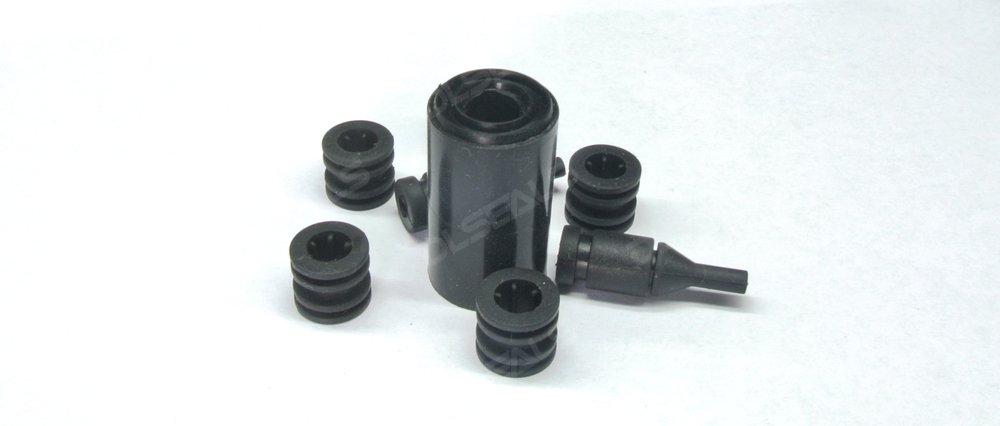Rubber seal technology plays a crucial role in various industries, ensuring efficient sealing and preventing leaks in mechanical systems. From automotive to aerospace, rubber seals are indispensable components that contribute to the reliability and performance of machinery and equipment.
In recent years, rubber seal technology has seen significant advancements and evolving trends. Let’s delve deeper into the innovations and emerging trends shaping the landscape of rubber seal technology.
Advanced Materials: One of the key trends in rubber seal technology is the development of advanced materials. Manufacturers are exploring new rubber compounds and polymer blends to enhance seal performance under challenging operating conditions. These materials offer improved resistance to extreme temperatures, chemicals, and abrasion, extending the lifespan of seals and reducing maintenance requirements.
Precision Engineering: With increasing demands for precision and reliability, precision engineering techniques are being employed in the manufacturing of rubber seals. Advanced machining processes, such as computer numerical control (CNC) machining and laser cutting, enable the production of seals with tight tolerances and intricate geometries, ensuring optimal sealing performance.
Customization and Tailored Solutions: Every application has unique sealing requirements, and manufacturers are responding to this demand by offering customized and tailored sealing solutions. From design optimization to material selection, custom-engineered seals are designed to meet specific performance criteria, ensuring optimal sealing efficiency and longevity.
Sustainability Initiatives: As sustainability becomes a top priority for industries worldwide, there is growing emphasis on eco-friendly seal solutions. Manufacturers are developing seals made from renewable and biodegradable materials, as well as implementing energy-efficient manufacturing processes to reduce environmental impact. Additionally, advances in seal design and materials are aimed at minimizing leakage and energy consumption, contributing to overall sustainability efforts.
Digitalization and Industry 4.0: The integration of digital technologies and automation, often referred to as Industry 4.0, is transforming the manufacturing landscape, including rubber seal production. Digitalization enables real-time monitoring of production processes, predictive maintenance, and quality control, leading to improved efficiency, productivity, and product consistency in seal manufacturing.
In conclusion, rubber seal technology continues to evolve, driven by innovations and emerging trends aimed at enhancing performance, reliability, and sustainability. By staying abreast of these developments, industries can harness the full potential of rubber seals to optimize their operations and achieve greater competitiveness in the global market.
Post time: May-21-2024

